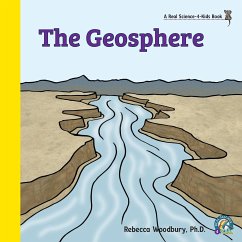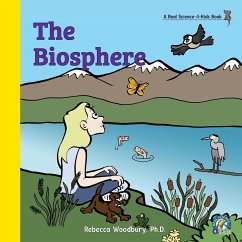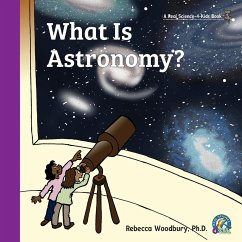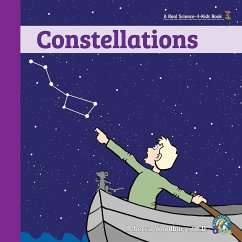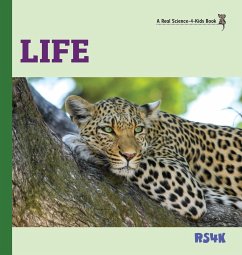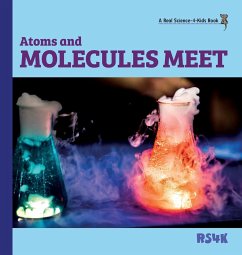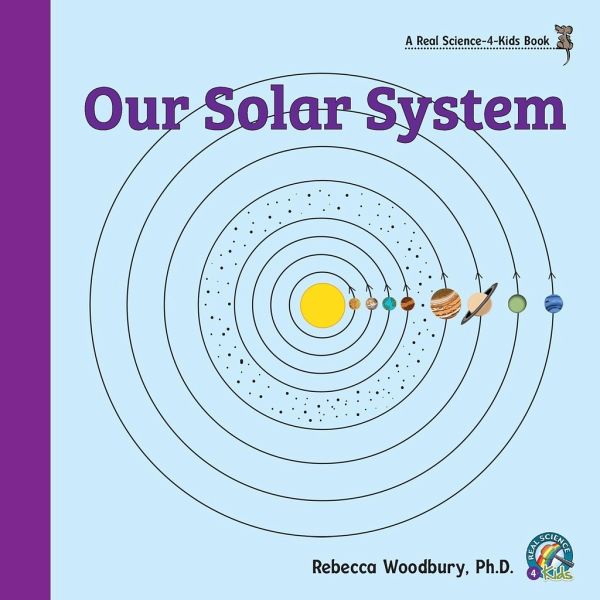
Our Solar System
Versandkostenfrei!
Versandfertig in 1-2 Wochen
14,99 €
inkl. MwSt.

PAYBACK Punkte
7 °P sammeln!
Earth is part of a solar system, which is made of a star and the group of planets and other objects that orbit a star. The Sun is a star and is the center of our solar system. A star is an object in space that make its own light and heat energy. Our solar system contains eight planets, an asteroid belt, and moons around the planets. The inner solar system consists of the first four planets orbiting the Sun: Mercury, Venus, Earth, and Mars. The next group of four planets is called the outer solar system and is made of Jupiter, Saturn, Uranus, and Neptune. The Asteroid Belt is located between th...
Earth is part of a solar system, which is made of a star and the group of planets and other objects that orbit a star. The Sun is a star and is the center of our solar system. A star is an object in space that make its own light and heat energy. Our solar system contains eight planets, an asteroid belt, and moons around the planets. The inner solar system consists of the first four planets orbiting the Sun: Mercury, Venus, Earth, and Mars. The next group of four planets is called the outer solar system and is made of Jupiter, Saturn, Uranus, and Neptune. The Asteroid Belt is located between the inner and outer solar systems. An asteroid is a chunk of rocks and minerals too small to be a planet. Asteroids also exist outside the Asteroid Belt. If one of these enters Earth's atmosphere and burns up, it called a shooting star, or meteor. Comets are also found in the solar system and are objects made of ice, rocks, and dirt. Pronunciation guide included. 24 pages filled with engaging, colorful illustrations. Reading Level 1-3, Interest Level 2-5.



